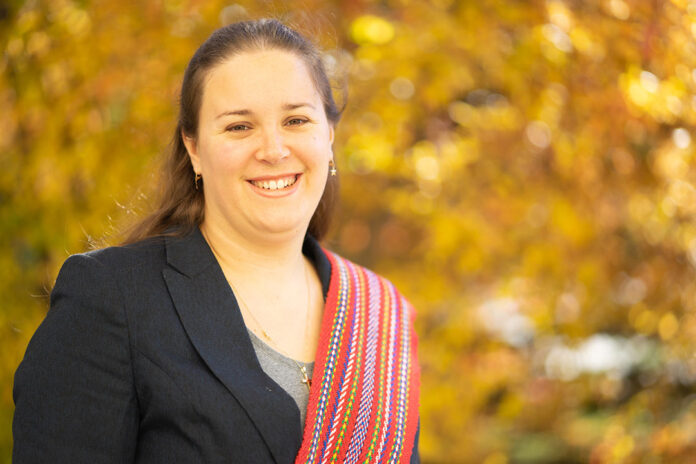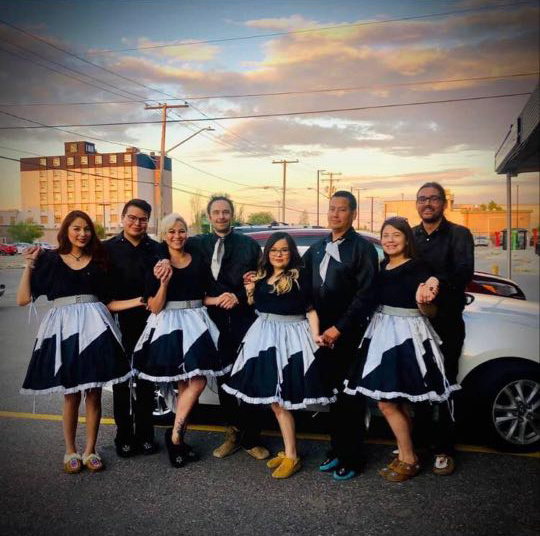
A researcher and assistant professor received a $1.07-million grant from the Canadian Institutes of Health Research (CIHR) to study the health benefits of traditional Métis dancing.
Heather Foulds, professor at USask, will be partnering with other scholars and dance partners like Qu’Appelle Valley Dancers and Li Toneur Niimiyitookh Métis Dance Group for the study.
There are many aspects to the study, one being the physical benefits of traditional dancing compared to other cardio exercises like running or biking.
Courtney Anaquod, founder of Qu’Appelle Valley Dancers, started working with Foulds on another study about the health benefits of the Red River Jig. Anaquod has been dancing for over 25 years and used to be a long distance runner. She says after running 10 kilometres she’s not as tired and still feels like she could keep going, unlike dancing.
“With dancing, with three different routines and a 30 minute performance I’m tired,” said Anaquod “Dancing does burn a lot of energy and it does use a lot of endurance.”
There’s different aspects to the study, Foulds says one of those is looking at the exercise levels of different dances. She said typically at events there is a traditional order of dances with more fast-paced dances happening near the end.
“When I say health I’m meaning not just the physical health measures of blood pressure or western measures of health, but also how are you feeling socially connected, how are you connecting with your culture, how’s your mental health, how does it make you feel, that kind of wholistic perspective of the impact,” Foulds said.
Other aspects of the study will include looking at the cultural side of dancing, how storytelling and symbolism are embedded in Métis dancing and also looking at historical records to see how common traditional dancing is now compared to the past and if it needs to be preserved.
Foulds has been doing Métis dancing herself over the last four years and said like other physical activity it gets her heart rate going and she benefits from it physically and socially.
“You have to dance in group to do these dances so you’re connecting with other people,” said Foulds.
The study will also look at the mental health benefits, something that Anaquod acknowledged when she founded Qu’Appelle Valley Dancers almost four years ago. The name is a homage to Fort Qu’Appelle and Muscowpetung Saulteaux Nation, where she is from.
“I wanted to give the dancers that sense of family, that communication back, I wanted to get them to express their emotions and get them back into dancing and getting them back to showing their talent. That is what I work so hard to create for (this group) — that foundation of the family.”
Anaquod says dancing gives her and her team a sense of contentment and enjoyment.
‘If we mess up on a footwork we laugh about it and we have a good time together with the group and laughing, and dancing and performing, and crowd reaction, we feed off that as well”
Foulds said funding will go towards hiring graduate students and other staff members as well as compensating participants for their time. She’s also hoping to hire someone from the Métis community to have someone involved with knowledge and connections about the culture.
The timeline of the study is dependant on COVID-19 restrictions being lifted and when Foulds returns from maternity leave. It’s set to take place over a five-year period.


